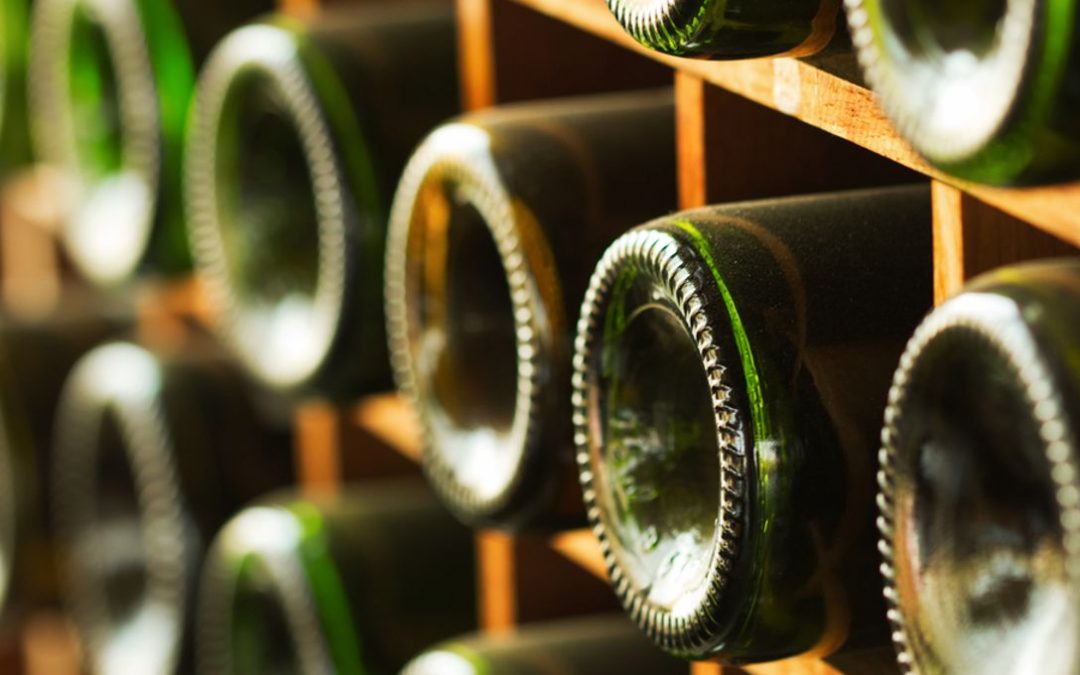Have you ever wondered why wine bottles have that mysterious dent in the bottom? It turns out there’s more to it than meets the eye!
The dent, known as a “punt,” has served different functions over the ages, from helping with the bottle’s structural integrity to aiding in collecting sediment. Today, it’s thought to help reduce the chance of sediment ending up in your glass when pouring.
The punt was initially created by glassblowers and is thought to have added to the bottle’s structural integrity to the fragile glass vessel. As automated machines now make wine bottles, the punt no longer serves this purpose.
So, why does the punt remain a feature in wine bottles? Most experts contend that the dent simply stuck around because it helps to collect the sediment as the wine ages and reduces the chance it will end up in your glass when being poured. Unfortunately, there’s never been tried and tested through a scientific study, so it’s difficult to say whether this claim holds water (or wine).
It is clear, however, that the dent became a cherished tradition in wine-making culture, which likely to has something to do with it persisting as a feature on contemporary bottles. It’s also notable that the concave indent at the base is the ideal shape to rest your thumb inside when pouring a glass if you want to look extra fancy.
Some people believe the punt indicates the quality of wine, with a dent meaning it’s a quality tipple and a flat bottom showing it’s best saved for cooking or bad guests. However, that’s not strictly true. While certain bottles of red wine are more likely to sit around in a basement for a few years and gather sediment, something like a light rosé is likely to be promptly refrigerated and won’t get better with age, meaning a punt isn’t as necessary to collect sediment.
So, there you have it. The mysterious dent at the bottom of a wine bottle has been around for centuries, and while it may not indicate the quality of the wine, it’s certainly a tradition that has stuck around for a reason.
Source: www.iflscience.com
